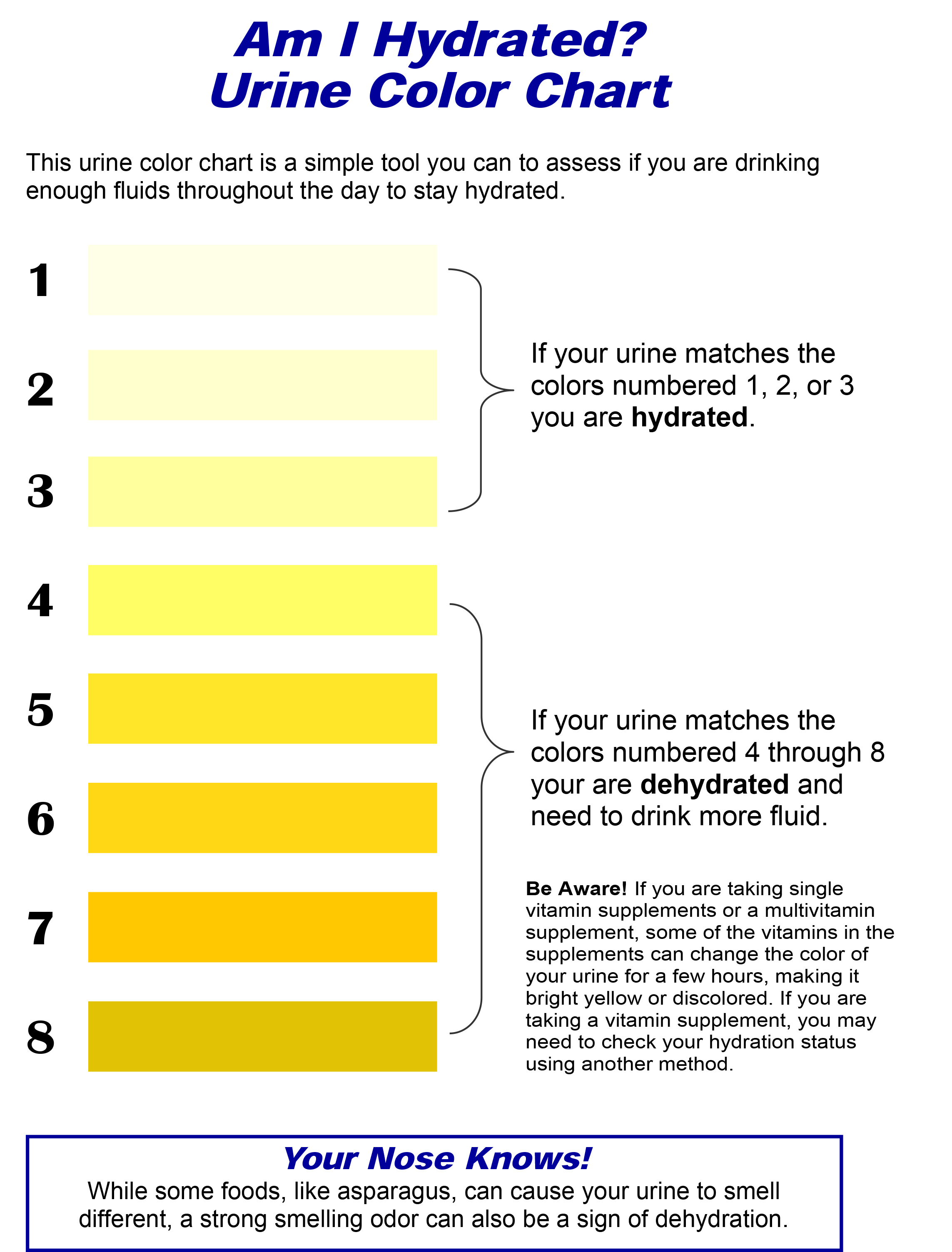March 23, 2020 by Amy Kimberlain
Fueling for the Marathon: Top 5 Common Mistakes

Preparing for the Fitbit Miami Marathon and Half Marathon on January 28 requires many miles of training. But what about training the stomach and muscles to maximize your endurance? If you are preparing for a long distance race, avoid making these mistakes
Mistake #1 — Not Having a Nutrition Plan
Having a nutrition plan is just as important as a training plan. This also requires training and practice. Thinking that nutrition will not affect your performance, positively or negatively, is one of the most common mistakes runners make. Every year, there are runners who wait until the day before the race to think about what they should eat, drink or what gel to get. Failing to prepare is preparing to fail. You might experience bloating, cramps, early fatigue and ultimately, your timing and race experience will suffer.
Mistake #2 — Starting to ‘Carb Load’ the Night Before the Race
While it’s true that “carb loading” is an effective way to maximize energy storage for a long race, you will want to avoid eating too much at once, as this can leave you feeling heavy, tired and unable to sleep well before the race. It’s better to plan that pasta or pizza dinner with your running buddies two nights before to avoid any discomfort. Dinner before race day should be simple, with well-tolerated ingredients.
It’s also smart to distribute the higher carbohydrate intake throughout several meals starting two to three days before the race to “top-off” your muscle glycogen — running fuel. Just think about making carbohydrates (rice, bread, pasta, bread, legumes, fruits) amount to 50 percent of your meals, instead of the standard 25 percent usually recommended for weight loss or maintenance.
Mistake #3 — Drinking Too Much or Too Little Fluids
 So how much is too much? Time over time, I see runners drinking numerous bottles of Gatorade, Pedialyte or some other electrolyte-containing drink a few days before the race. This is completely unnecessary, as these electrolytes (sodium, potassium, magnesium, etc.) are found in foods we eat everyday. Our body holds on to what it needs and flushes out the excess electrolytes, along with water.
So how much is too much? Time over time, I see runners drinking numerous bottles of Gatorade, Pedialyte or some other electrolyte-containing drink a few days before the race. This is completely unnecessary, as these electrolytes (sodium, potassium, magnesium, etc.) are found in foods we eat everyday. Our body holds on to what it needs and flushes out the excess electrolytes, along with water.
Some things you can do to prepare are:
- Liberalize your sodium intake a bit by adding salt to your foods or snacking on salty foods.*
- Eat fruits (these are a source of hydration and electrolytes like potassium).
- Drinking water throughout the day.
(*Regarding salt intake, consult with your doctor if you suffer from high blood pressure.)
So, how do you know if you are hydrated? Just look at the color of urine; that’s right, your urine is the easiest assessment of hydration status. Just follow the “urine color” guide at left (click on the chart to enlarge.)
Mistake #4 — Not Having a Source of Energy During Your Long Runs
Sure, you could finish the race without it — but how much faster or stronger would you feel if your body had more fuel to power you through? During the race, it’s important to keep consuming carbohydrates to prevent a drop in energy and help you finish strong; maybe even sprint the last mile or two. Gels, chews, blocks or food — any of these will work if they were tolerated during training. Do not try anything new on race day, not even a new brand or flavor, as they have different ingredients and amounts of sugars that can upset the stomach and affect your performance and race experience overall.
Most brands typically have between 20 to 30 grams of carbohydrates. Aim to consume around 30 to 60 grams of carbs per hour, which may be two to four packs, depending on the brand and the distance you are running. Be sure to spread it out throughout the run; do not consume all at once. You should also plan to drink water immediately afterward, as these can be too concentrated in sugar and cause cramping if not diluted with water.
Remember: you are not fueling based on how you feel at the moment, but to keep feeling energized for the miles to come. Trying anything new should be a big “no” if you want to have the best possible results and experience on race day. You might think caffeine is a good idea in a gel, but if you haven’t tried it before during a run, it can send you to the bathroom at mid-race.
During the Fitbit Miami Marathon, water and Gatorade Endurance will be served at every mile, while Gatorade Endurance gels will be served a little past miles 7 and 15. However, these shouldn’t substitute for carrying your own hydration and refueling items since the stations may be crowded. But don’t carry items with which you did not train.
Mistake #5 — Stopping by the Hydration Stations During the First 3 Miles
If you trained for an endurance event and started the race hydrated, you can skip the first few hydration stations. For some reason, these are the ones that get packed the most. Runners might start too fast from the excitement and feel the need to stop for a drink. However, if you are running for time (and it’s a race after all), a better time-saving strategy is to pass the first few miles. Also, not stopping at every station. The rule of thumb is every 15 to 20 minutes, or about every two to three miles.
Carla Duenas is a runner and registered dietitian with Community Health at Baptist Health South Florida.
top stories












There are no comments